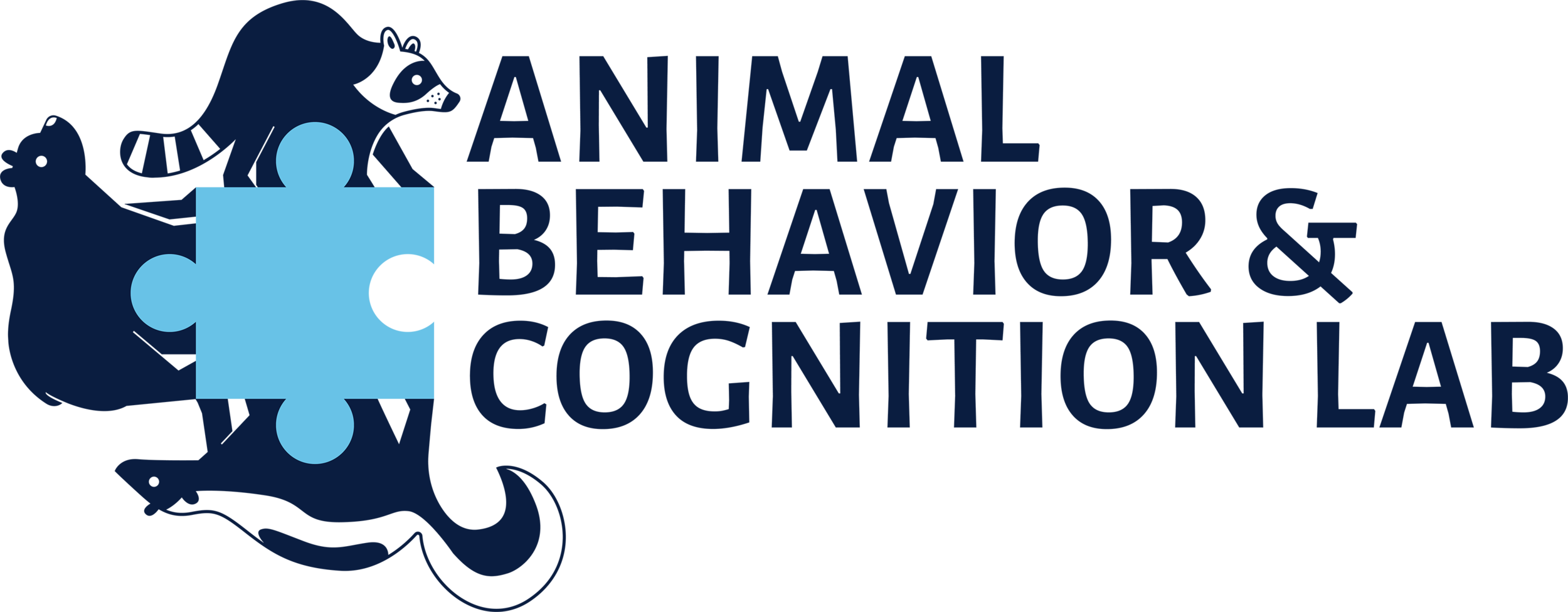Applications for Wildlife Management
For the first time in history, a majority of humans across the world are living in urban habitats, with projections that over 60% of people will live in urban areas by the year 2030 (World Cities Report, 2018, United Nations). As urban areas expand across the globe, wildlife are increasingly coming into and living in urban spaces (Soulsbury and White 2015). This has a lot of important implications, both for wildlife and people living in these urban spaces. For example, conflicts between humans and wildlife are increasing in frequency and intensity as humans and wildlife come into closer proximity to one another (Schell et al. 2020). Examples of human-wildlife conflict in urban areas include property damage, the death of pets, transmission of zoonotic diseases, and injury or death to humans or wildlife (Schell et al. 2020). In order to maximize our ability to co-exist with urban wildlife, we need a better understanding of why some wildlife species are able to thrive in urban spaces while others are not and how living in cities is changing the behavior, ecology, and cognition of urban wildlife.
We are using our research on urban carnivores to reduce human-wildlife conflict by clarifying how knowledge of animal cognition can be used to design more effective conflict-mitigation strategies. We are working on elucidating the characteristics of wildlife that are most at risk for engaging in negative interactions with humans. We are also working to develop technology that will aid conservation and propel field studies of wildlife forward.
Project collaborators
Dr. Jeff Clune
University of British Columbia
Dr. Arash Norouzzadeh
Bosch Center for Artificial Intelligence
Dr. Lucy Fortson
University of Minnesota
Major findings from this theme
The cognition of ‘nuisance’ species. We recently published an invited review paper on the cognition of ‘nuisance’ animals in the journal Animal Behaviour (Barrett et al. 2018). This paper discusses how wildlife may use cognition to exploit or even avoid humans and human products. We also examined the role that animal cognition plays in current mitigation strategies that have been developed to address human-wildlife conflict and how a greater understanding of the cognition of ‘nuisance’ animals could aid in developing more effective strategies.
Using deep neural networks to automatically identify wildlife species and individuals from camera-trap images. We are collaborating with machine learning researchers to entirely automate the process of recognizing individual animals from camera trap images and videos taken in the field. The ability to automatically identify individual wild animals without having to capture and mark them will fundamentally alter the way in which wildlife biologists, ecologists, and other researchers interact with, identify, and study wildlife. It will further benefit conservation by enabling us to gain accurate population counts of target species using camera trap images. It will also catalyze our research efforts. We have collected millions of images of raccoons where we know each individual that is present in the image. We are also working with community scientists on the Zooniverse platform to label our camera-trap images (Check out our Zooniverse project here). We are using this dataset and novel algorithms inspired by face recognition technology to train deep neural networks to automatically recognize individual animals.
Featured publications
Barrett, L.P., Stanton, L., and S. Benson-Amram. 2018. The cognition of ‘nuisance’ species. Animal Behaviour, 147, 167-177

